Author: WildLifeFAQ (Mark Jess)
-
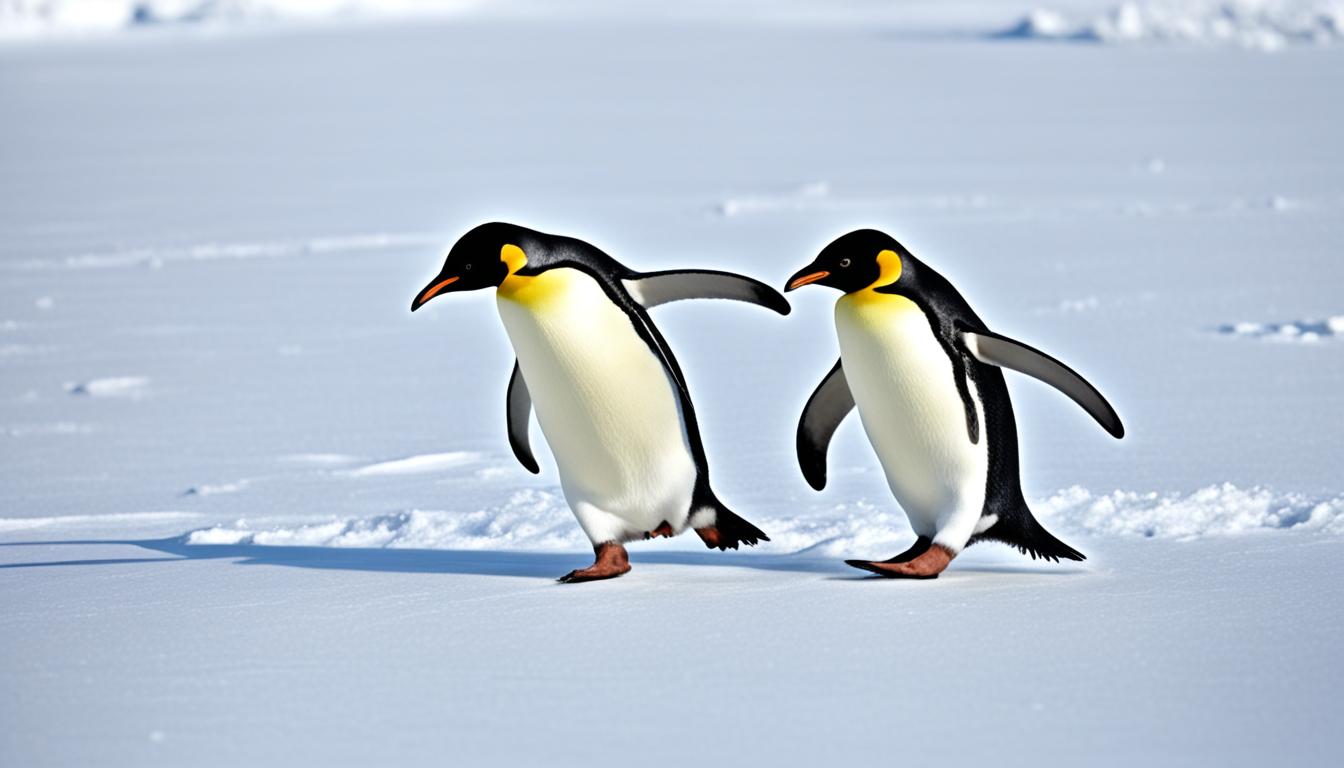
Why Penguins Waddle: Surprising Adaptation Explained
Ever thought about why penguins waddle? It’s not just cute; it’s a key part of their survival. This article will dive into the science behind penguin waddling. You’ll learn how their body and the environment shape their unique walk. Discover how penguins’ waddling is more than just a walk. It’s a clever way they’ve adapted
-

Are All Jellyfish Venomous? Unraveling the Truth
Have you ever asked, are all jellyfish venomous? This question leads us to a world full of interesting facts about jellyfish. Some jellyfish have venom that can hurt or even kill people. But, others are safe and don’t harm humans at all. It’s important to know about these creatures and their venom to stay safe,
-
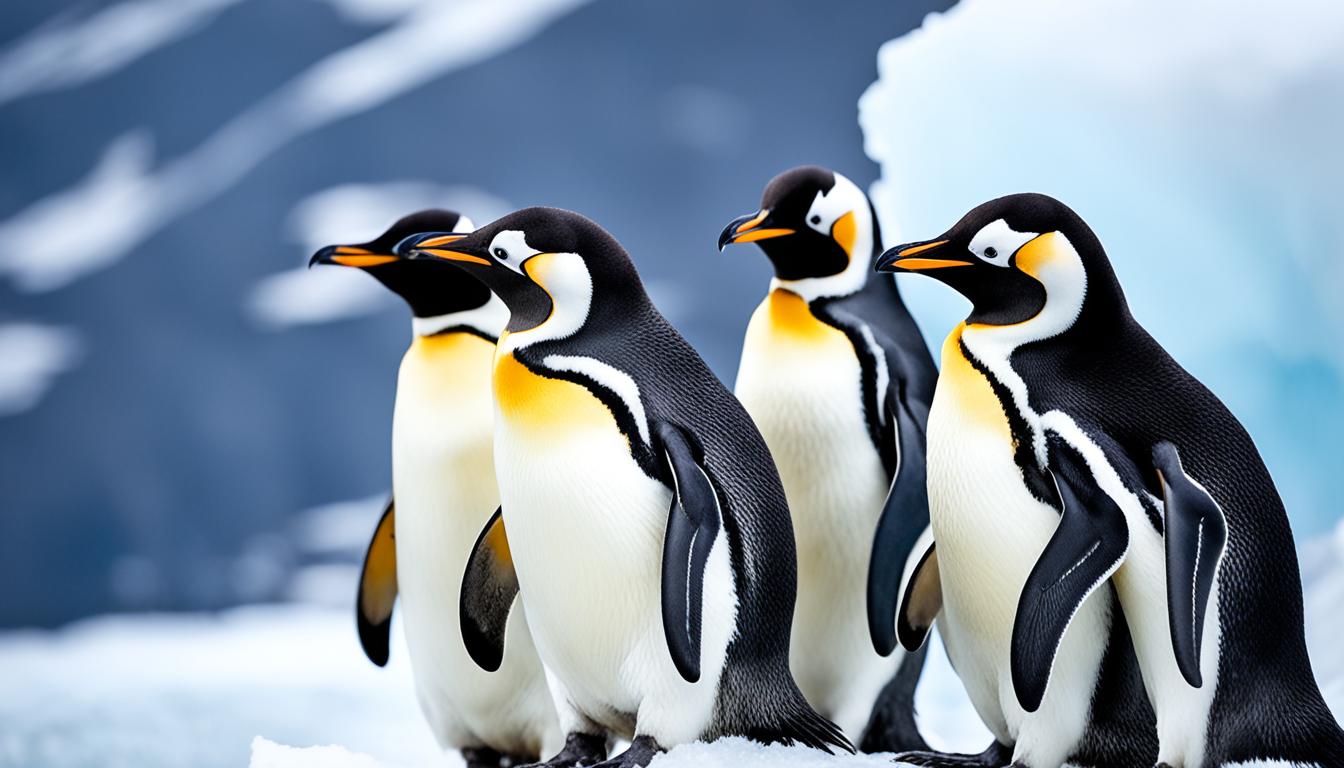
Penguins’ Secrets to Warmth – How Do Penguins Stay Warm?
Penguins live in some of the coldest places on Earth, especially in Antarctica. To understand how they stay warm, we need to look at their amazing survival strategies. These animals have special ways to keep warm because they are warm-blooded. They have thick fat layers and a unique way of huddling together. This shows how
-
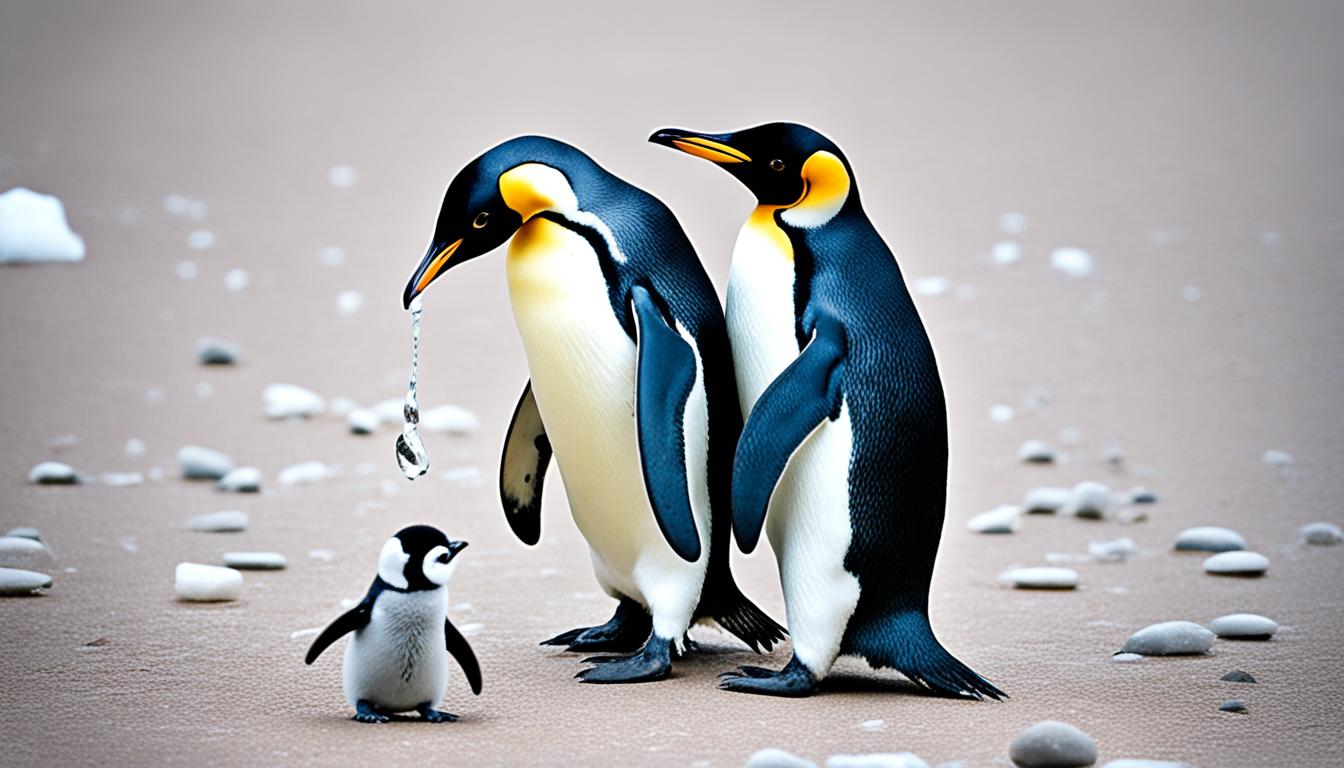
Penguin Reproduction Explained: Courting to Chicks
Learning about penguin reproduction is truly fascinating. It shows how these amazing birds survive in tough places. It starts with special courtship rituals. These rituals help strengthen the bond between mates and show they are ready to mate. Ever wondered how penguins reproduce? The process, like in Emperor and King penguins, shows how they adapt
-
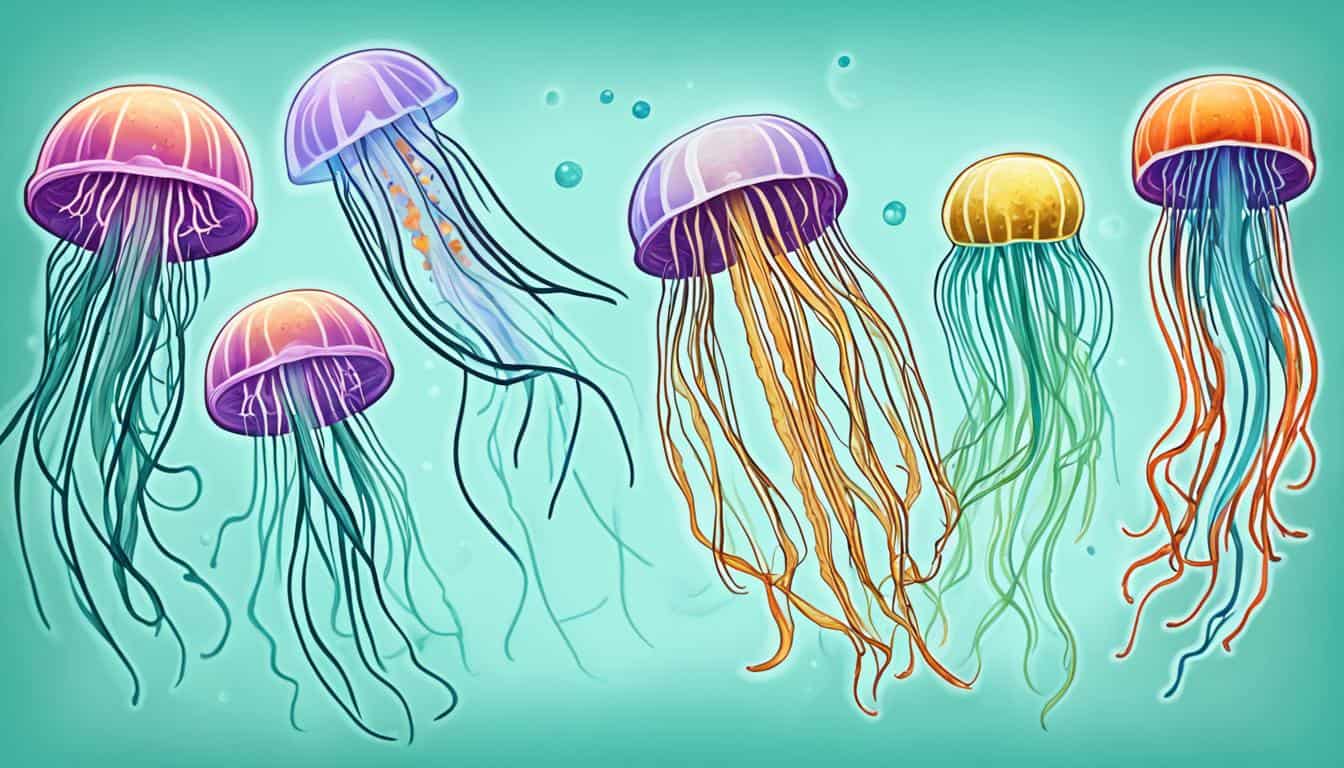
Discover Jellyfish Lifespan: How Long Do Jellyfish Live?
Learning about how long jellyfish live is key to understanding their role in the ocean. Jellyfish lifespans differ greatly among species, influenced by their environment and life stages. This piece will explore the amazing life cycle of jellyfish, from polyp to medusa, and their crucial role in ocean food chains. Understanding Jellyfish Lifespan To understand
-
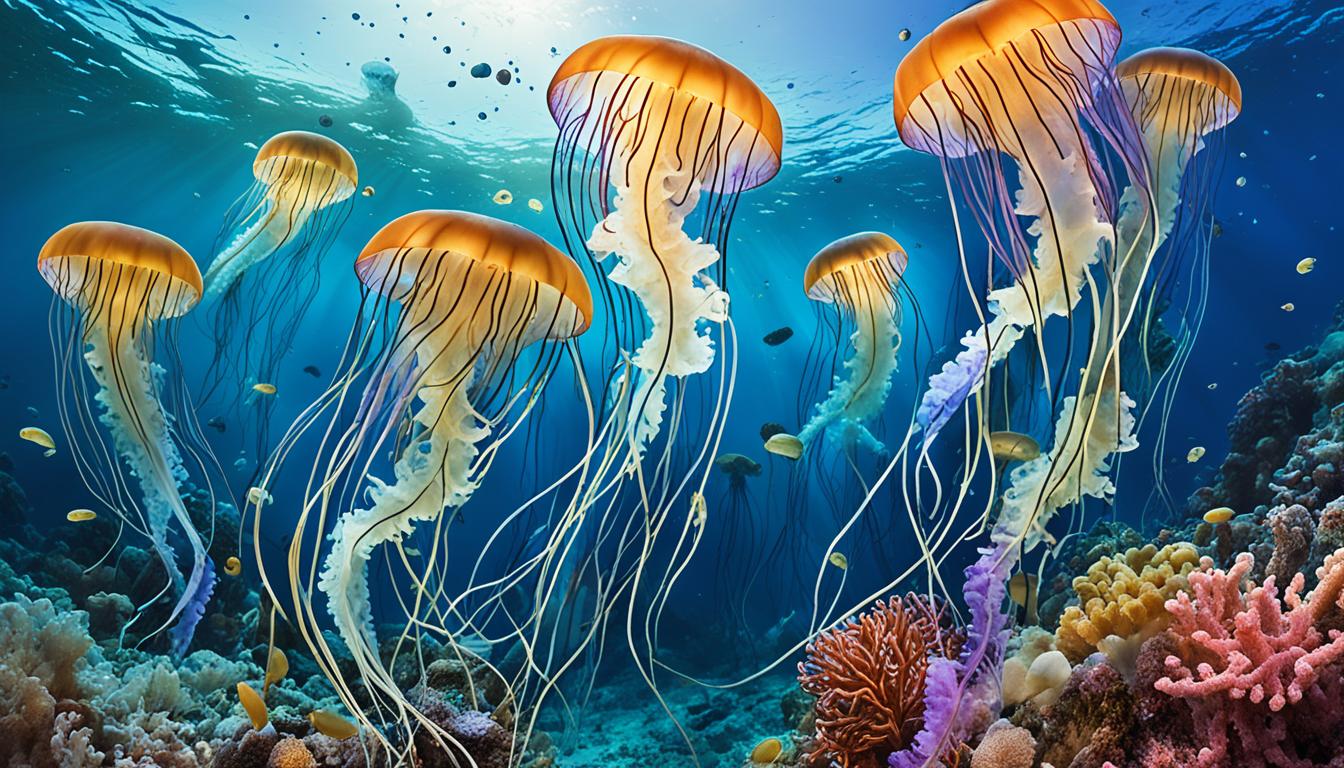
Impact of Jellyfish on Ecosystems Explained
Jellyfish have a big impact on our oceans, even though they’re often ignored. These ancient creatures, over 600 million years old, are key to marine life. They are mostly water, making up 95% of their body, and play a big role in controlling food chains and recycling nutrients. Studies show that jellyfish affect fish populations
